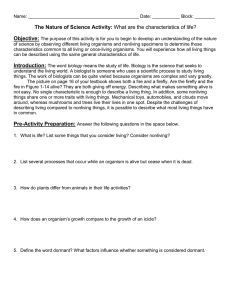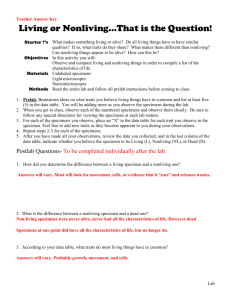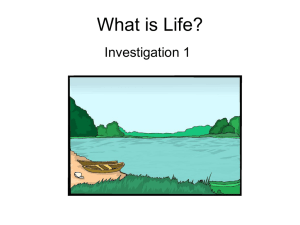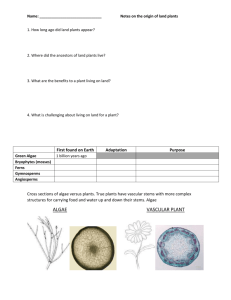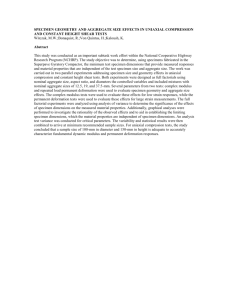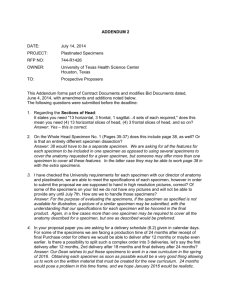Name Living or Non…that is the Question! Brainstorming: Get those
advertisement
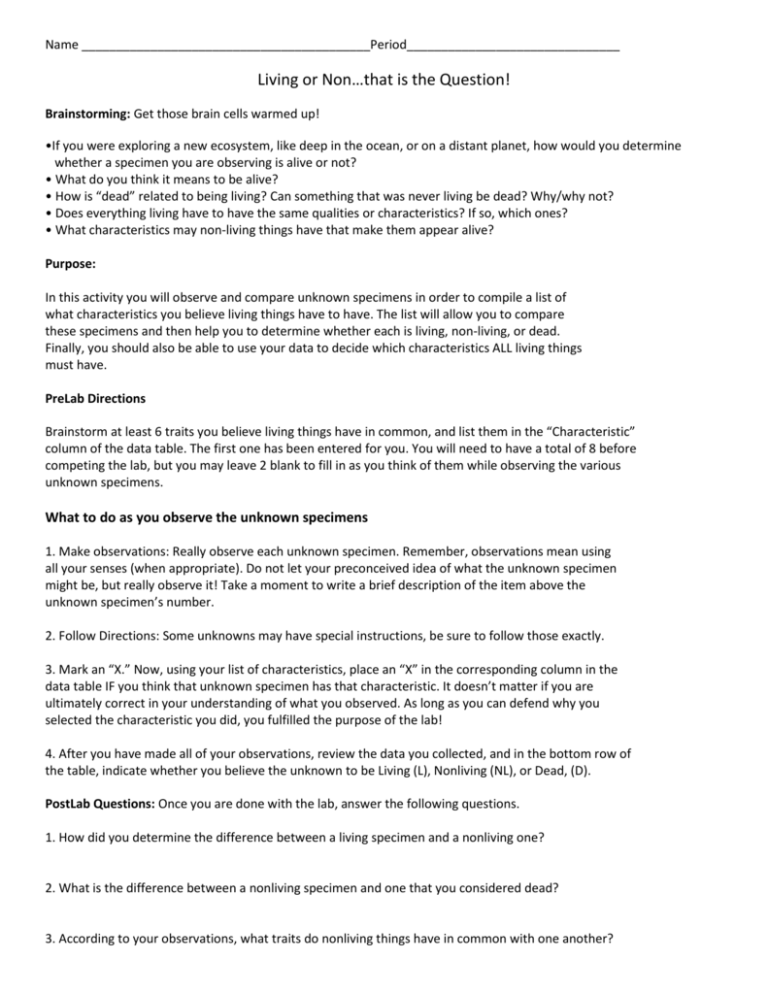
Name __________________________________________Period_______________________________ Living or Non…that is the Question! Brainstorming: Get those brain cells warmed up! •If you were exploring a new ecosystem, like deep in the ocean, or on a distant planet, how would you determine whether a specimen you are observing is alive or not? • What do you think it means to be alive? • How is “dead” related to being living? Can something that was never living be dead? Why/why not? • Does everything living have to have the same qualities or characteristics? If so, which ones? • What characteristics may non‐living things have that make them appear alive? Purpose: In this activity you will observe and compare unknown specimens in order to compile a list of what characteristics you believe living things have to have. The list will allow you to compare these specimens and then help you to determine whether each is living, non‐living, or dead. Finally, you should also be able to use your data to decide which characteristics ALL living things must have. PreLab Directions Brainstorm at least 6 traits you believe living things have in common, and list them in the “Characteristic” column of the data table. The first one has been entered for you. You will need to have a total of 8 before competing the lab, but you may leave 2 blank to fill in as you think of them while observing the various unknown specimens. What to do as you observe the unknown specimens 1. Make observations: Really observe each unknown specimen. Remember, observations mean using all your senses (when appropriate). Do not let your preconceived idea of what the unknown specimen might be, but really observe it! Take a moment to write a brief description of the item above the unknown specimen’s number. 2. Follow Directions: Some unknowns may have special instructions, be sure to follow those exactly. 3. Mark an “X.” Now, using your list of characteristics, place an “X” in the corresponding column in the data table IF you think that unknown specimen has that characteristic. It doesn’t matter if you are ultimately correct in your understanding of what you observed. As long as you can defend why you selected the characteristic you did, you fulfilled the purpose of the lab! 4. After you have made all of your observations, review the data you collected, and in the bottom row of the table, indicate whether you believe the unknown to be Living (L), Nonliving (NL), or Dead, (D). PostLab Questions: Once you are done with the lab, answer the following questions. 1. How did you determine the difference between a living specimen and a nonliving one? 2. What is the difference between a nonliving specimen and one that you considered dead? 3. According to your observations, what traits do nonliving things have in common with one another? 4. According to your data table, what traits do most living things have in common? 5. Referring to your answers for #4, do you think that is an accurate list for what living things have in common? Why or why not? 6. What traits did you list as characteristics of living things, but were not easily observable? 7. What instruments or technologies might have helped you to determine whether or not some of the unknowns are living or not? 8. Essay: Pick a specimen from the lab that you characterized as “nonliving” and for fun, argue it is living. Be sure to use what you have learned about the characteristics of living things as part of your argument. Therefore, include characteristics that this nonliving specimen shares with other living things. 9. What traits did you pick as characteristics that were NOT helpful (did not necessarily indicate life)? 10. What traits do you wish you had picked instead? 11. For the following specimens, label them as living (L), nonliving (NL), or dead (D) and then give a short one‐sentence explanation for why it belongs in this category. This is NOT meant to be a research project. Just answer what you THINK, based on what you have learned after completing this activity. And be ready to defend your answer. (Even if you are ultimately wrong, that’s ok, but really think about which category it belongs. a. HIV virus b. Brown grass c. Fertilized chicken egg d. Egg bought in a grocery store e. Your skin on the back of your hand f. Hair on a fruit fly’s back g. Boiling water h. Whale sperm
